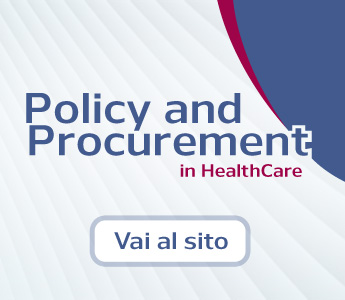Cardiotossicità da agenti antitumorali
DOI: https://doi.org/10.7175/pmeal.v3i4.376
Abstract
Chemotherapy-induced cardiotoxicity remains an unresolved problem strongly impacting the quality of life and the overall survival of cancer patients. The most typical form of cardiotoxicity, a dilated cardiomyopathy, usually becomes manifest late in the course of the disease and it is classically considered to be refractory to therapy. Detection of subclinical cardiac injury is crucial since it may facilitate early therapeutic measures. To detect cardiac damage, the most frequently adopted diagnostic approach is the monitoring of left ventricular ejection fraction by echocardiography or radionuclide-angiocardiography; however, these methods utilized in clinical practice have low sensitivity and poor predictive value. Hence, other strategies, including an early detection of cardiotoxicity by biomarkers, have been proposed. The role of troponin I in identifying patients at risk of cardiotoxicity, and of angiotensin-converting enzyme inhibitors in preventing left ventricular ejection fraction reduction and cardiac events, is clearly emerging as an effective approach for the prevention of this complications. When chemotherapy-induced cardiomyopathy develops, however, no definite guidelines are currently adopted, and, although it is likely that angiotensin-converting enzyme inhibitors and beta-blockers may be highly effective, there is still some unjustified concern about using them in cancer patients.
Parole chiave
Cardiotoxicity; Chemotherapy-induced cardiomyopathy; Heart failure; Troponin
Testo completo
Statistiche
Abstract: 1218 visualizzazioniPDF: 406 visualizzazioni
Refback
- Non ci sono refbacks, per ora.
Copyright (c) 2012



